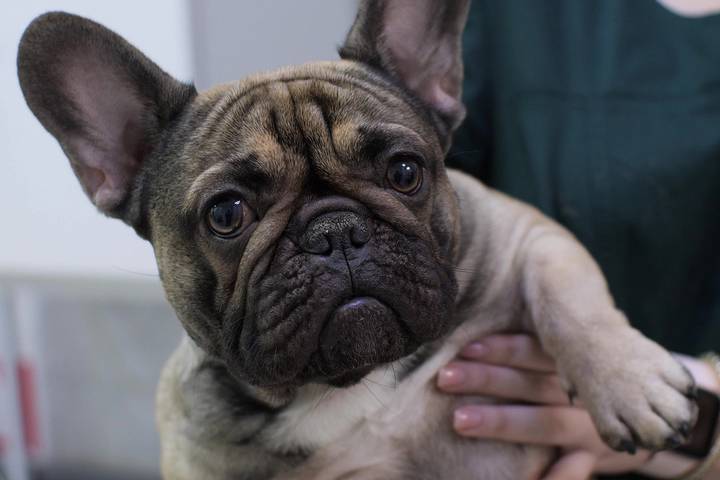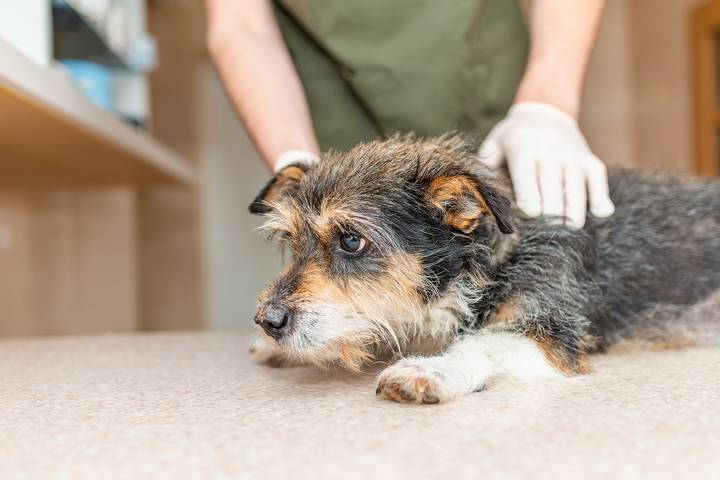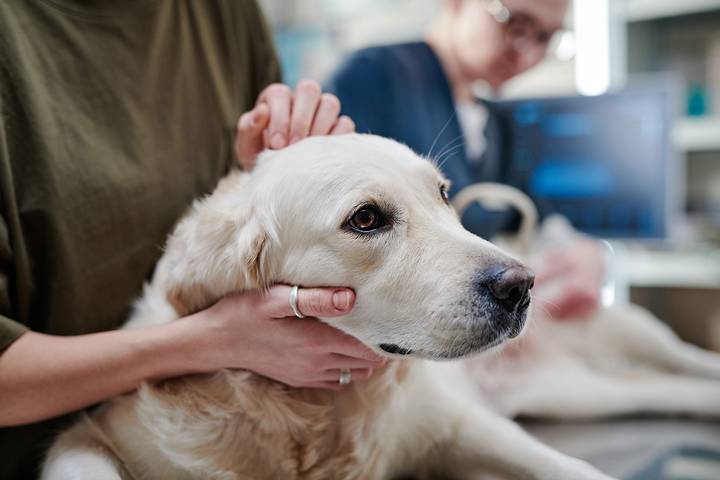What Do If Your Dog Has A Stroke

We love to interact with animals, and regardless if they are grown for food or companionship, we want them to live a healthy life. A dog is among the most popular pets, and for a good reason, they are there to be your furry friend and love to interact with their owners.
Animals are susceptible to disease; unfortunately, a dog can experience a stroke just like us. This happens because of a blood flow restriction to parts of the dog’s brain and can be caused by blood clots, parasites, bacteria, bleeding to the brain or tumour cells. A stroke can be serious and needs vet urgent care.
You may be unable to tell when it happens, but there are signs to look for. Here is what to do if your dog has a stroke.
Dog Stroke Symptoms

You can be alerted to a stroke if you can identify these warning signs:
Stroke Symptom #1: Body Impairment
Your dog may have trouble staying upright depending on where the stroke occurred in the brain. Loss of balance is common, so they may struggle to stand or lean to one side. They may even try to lean on you to keep from falling over.
Stroke Symptom #2: Tiredness
A dog that has had a stroke may lose consciousness when it happens, and if you see this, try to wake them up and get them to the vet immediately. After a stroke, your pet will likely experience extreme tiredness and want to sleep more than usual.
Stroke Symptom #3: Loss of Control with Bodily Systems
This can be hard to detect as some of these symptoms occur with stomach upset in your dog. These include:
- Loss of bladder control
- Vomiting
- Diarrhea
- Gasping for air
- Heart arrhythmias
This symptom is typically more severe with intensity and duration, so watch for this.
Stroke Symptom #4: Incorrect Brain Signals
A stroke can disrupt the chemical and electrical pathways in the brain, so your pet may not respond to spoken directions like it used to. They may go in a different direction when called or even pace in circles. Abnormal eye movements can also occur, and they may rotate, dart from side to side or have one focused while the other wanders.
When you notice what appears to be a stroke happening, stay with your dog until the stroke is over. It could last anywhere from a few minutes to a couple of hours, so touch and reassure them as they go through it and don’t move them until it is over. Speak softly to them to make them more at ease and remain calm.
You can also offer them water but limit it to a few swallows at a time. You can also elevate your pet’s head to free any pressure and allow blood to flow away from the brain.
How to Help a Dog with a Stroke

After the episode, the best way to help your dog is by getting him to a vet immediately. This could be the difference in their survival. Make sure to transport your pet safely in your vehicle as you head to the clinic. A smaller dog can be put in a carrier, and a larger dog can be held with minimal restraint. Write down any pertinent information that could help out, like:
- Symptoms
- If symptoms worsened
- What dog was doing before the symptoms began
All of this is helpful to the veterinarian as they diagnose and treat your dog. Contact the animal clinic to let them know you are on your way so they can clear a room and prepare for your arrival. Your vet will complete an exam to rule out other issues and help identify the underlying causes. Tests may include blood, urine, blood pressure and other diagnostic testing.
How to Treat a Dog with a Stroke

Treatment and restorative care can restore blood flow to your dog’s brain and may resolve some of the neurologic symptoms, and they may even return to full function again. Some medication and supportive care like oxygen, fluid and physical therapy may be prescribed. You will also be advised to provide good nutrition and exercise as your dog recovers.
A stroke can be fatal for a dog, but it depends on the severity, other health conditions and how fast treatment is given. Monitoring is key as another stroke can occur while they are recovering. They recover better than humans, so you may see 100% improvement in 30 days. While some pets fully recover, your dog could suffer permanent damage.
Underlying Dog Stroke Causes

A stroke may occur on its own but is often paired with underlying conditions like:
- Hypertension
- Diabetes
- Cancer
- Heart disease
- Tumors
- Blood clots
- Aneurysms
- Hypertension
- Kidney decease
- Toxin or poison exposure
The best way to keep your dog healthy is with regular checkups, a healthy diet, regular exercise and lots of love.
This is what to do if your dog has a stroke. Use this as a guide to caring for your best friend when needed and help them recover with love and support. Then you will be able to have many more years with them.
